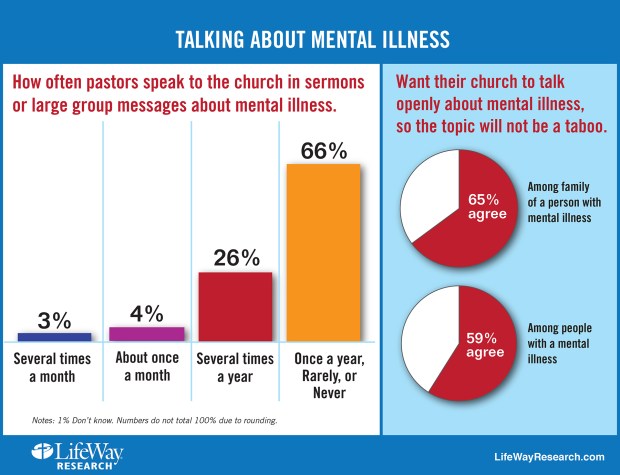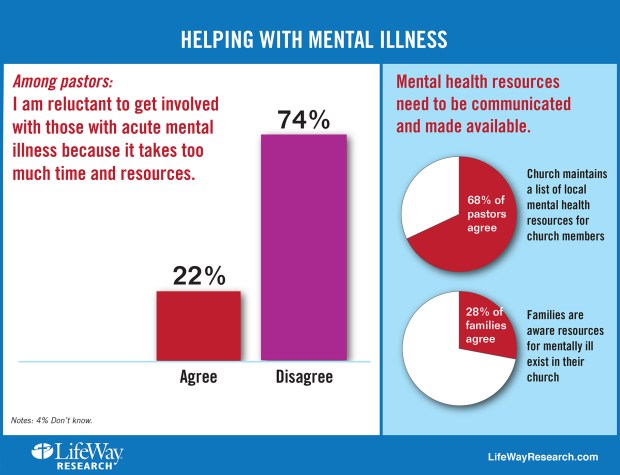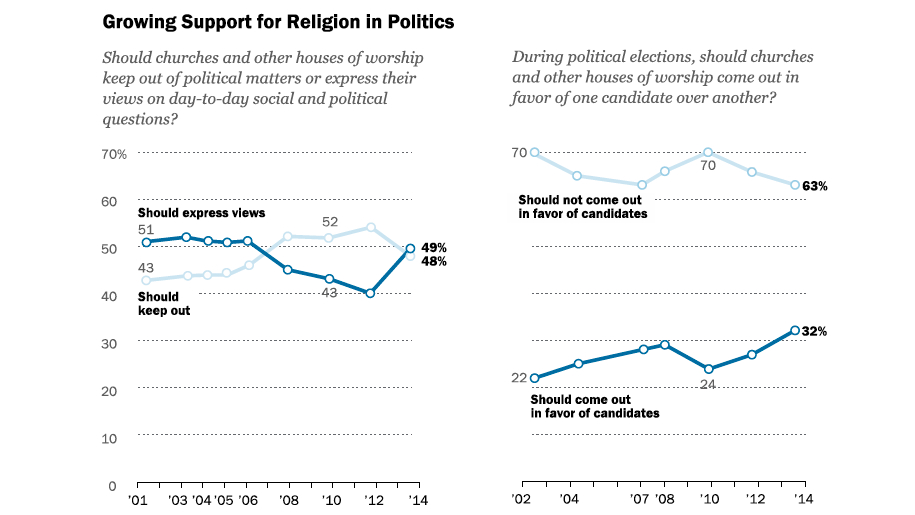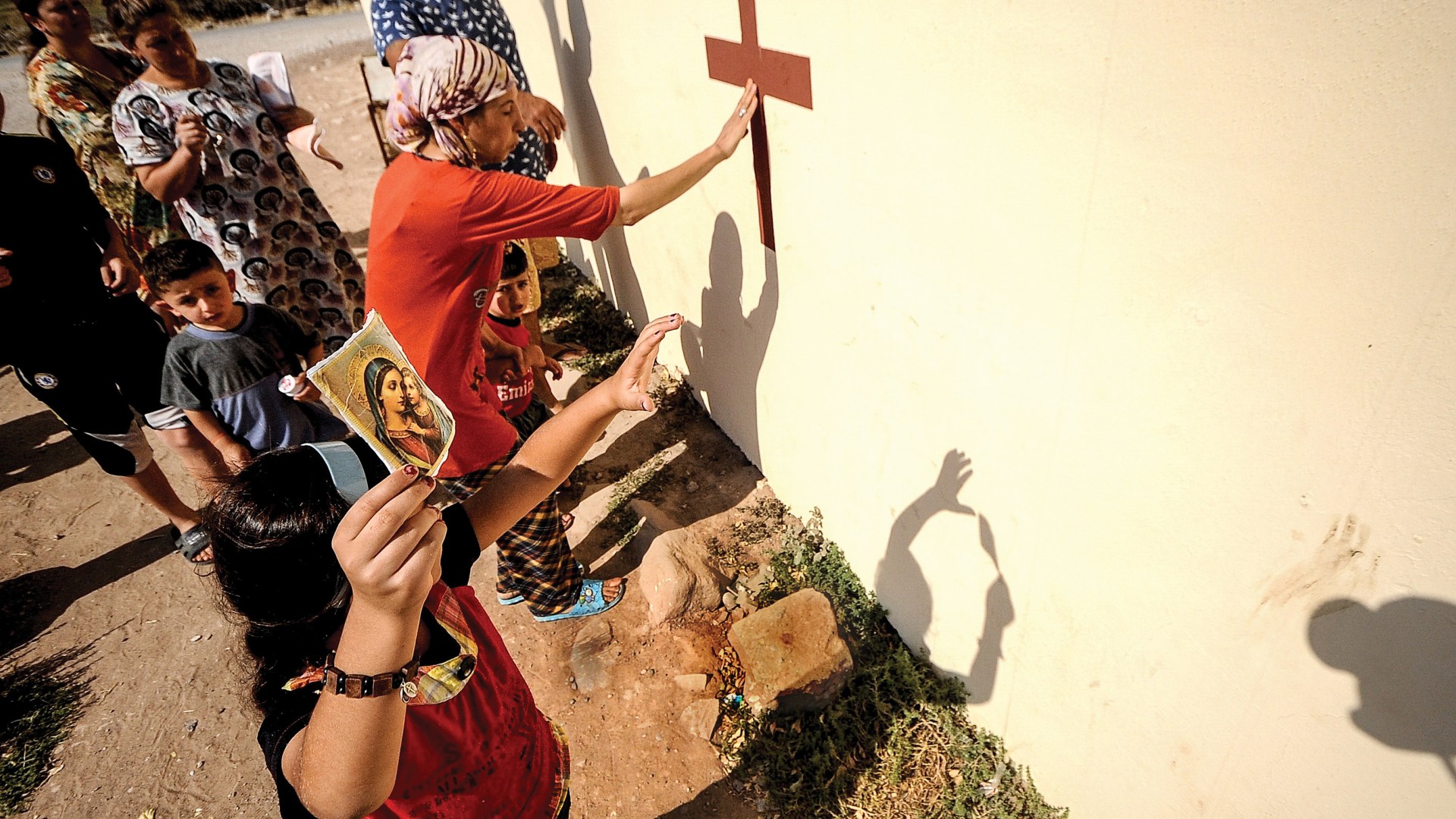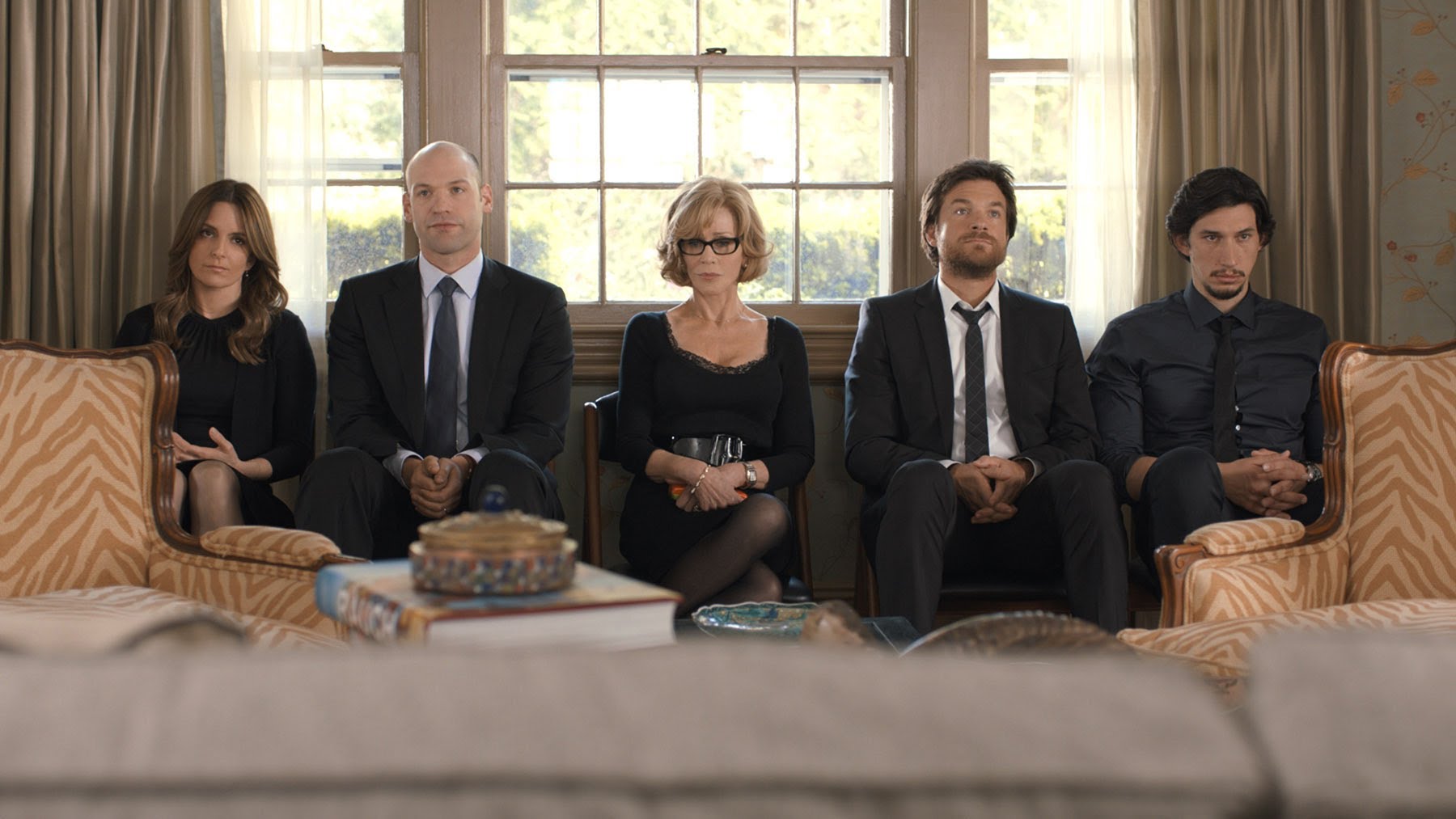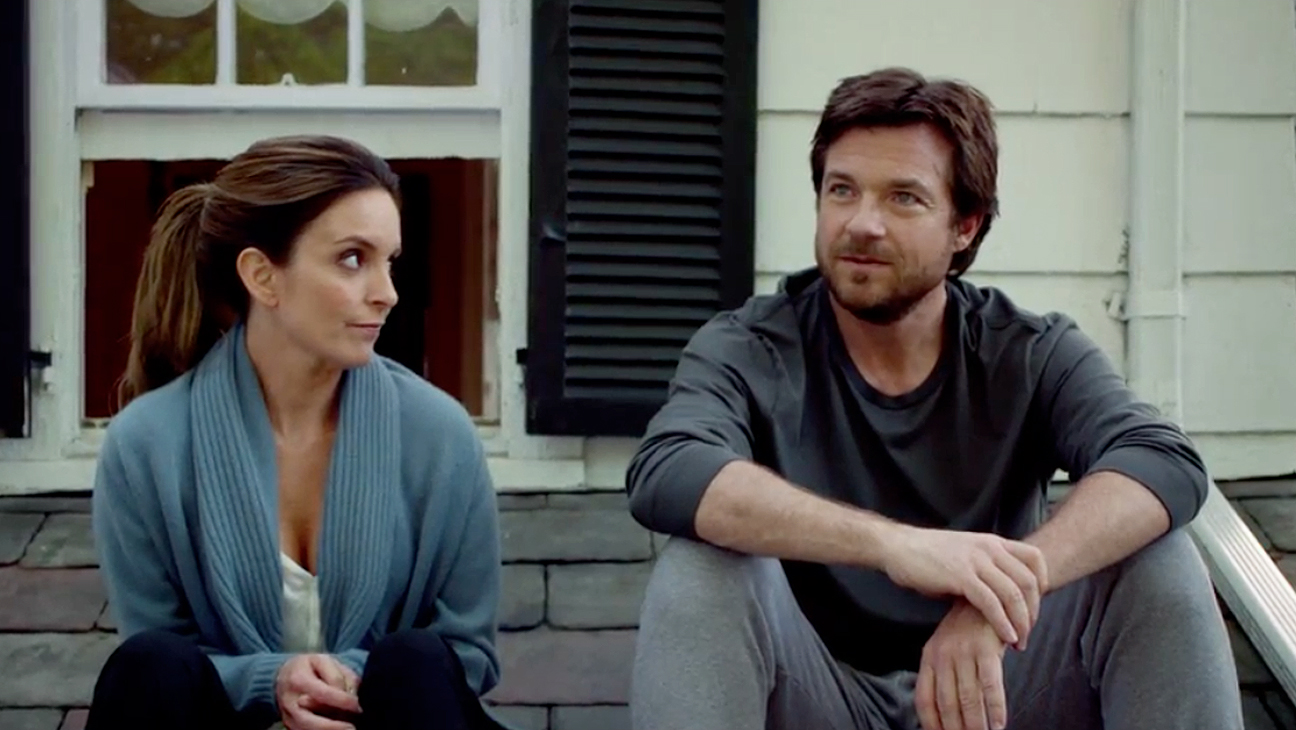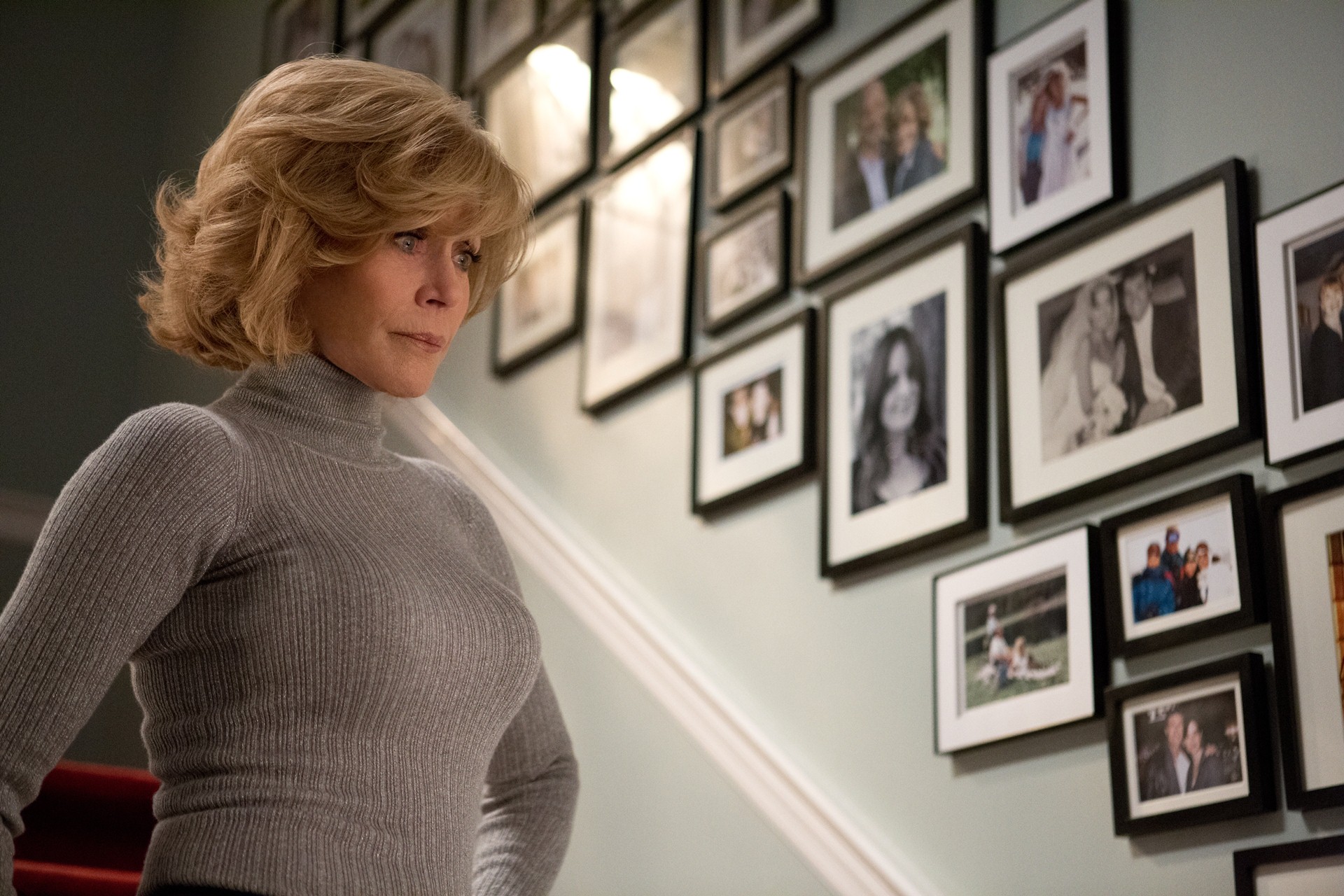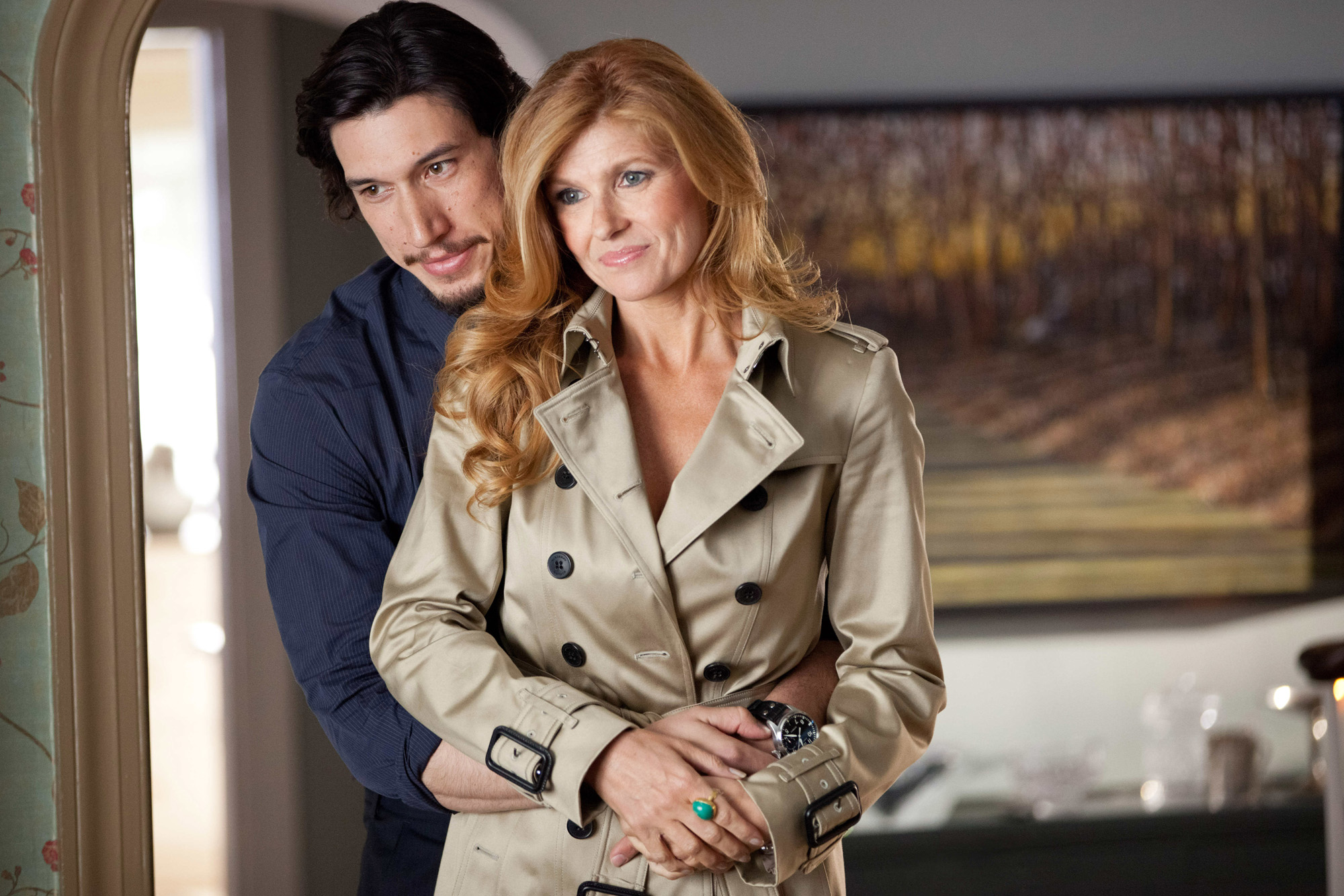When Willow Creek Community Church was founded in 1975, it emerged as one of the most innovative congregations in the country. Seeking to reach a culture full of "Unchurched Harrys and Marys," Willow re-imagined how the church did worship, preaching, outreach, and discipleship. Other church leaders have been eager to learn from Willow's innovative model ever since.
Forty years later, many of the ideas Willow Creek pioneered are now commonplace, but the church has not lost its innovative impulse. A new generation of pastors is building on Willow's heritage of leadership by experimenting with forms of worship and discipleship never before tried at the church. Aaron Niequist, a worship pastor, and Steve Carter, a teaching pastor, are beginning an 18-month experiment at Willow Creek called The Practice. Leadership Journal editors Drew Dyck and Skye Jethani sat down with Niequist and Carter to discuss their holy experiment.
Most ministries tend to think about innovation or change when they notice their existing plan is no longer effective. Was that the case for Willow Creek?
Steve Carter: Not at all. The conversation emerged from a place of opportunity, not fear or decline. We've been humbled and surprised by how God has been working at Willow, and we wanted to be open to what he wants to do next.
Aaron Niequist: And that is what is exciting for me about the culture at Willow. We don't settle. There's a sense that there is still ground to be taken. There are still ways to grow. There are still things we don't know and ways we can learn. I think Bill [Hybels] and the executive team have modeled that attitude.
Carter: That culture of innovation is even reflected in the church's operating budget. We have a fund called Winds of the Spirit. A small percentage of every dollar that's given goes into that fund which is reserved for unplanned opportunities. When God moves and we want to be able to inject resources into that opportunity, the funding comes from the Winds of the Spirit.
Knowing that fund was available, last year the executive team began having conversations based on our Reveal research. We were asking, "How do we do more for people who want to dive deeper and become more committed disciples?"
Aaron, were you aware of those conversations happening among leaders?
Niequist: Not at first. I was having my own conversations with ministry friends about wanting to experiment with new models, but then when I spoke with leaders at Willow I starting hearing overlapping themes. These weren't official meetings, just casual conversations with friends in leadership reflecting on what was working well at Willow and what wasn't.
Willow does a million things well, but I've really respected the ability of leaders to be honest and say, "You know what? We need to work on this." Or, "We're not doing this as much as we wish we could." And, "What would it look like to try that?" That openness and honesty is where the whole idea for a new experiment emerged.
It also emerged from a presentation at last year's Global Leadership Summit by Vijay Govindarajan about innovation. What influence did that have?
Niequist: Honestly without Vijay's talk at the Summit, the Practice experiment could not have happened, because it gave us the language to navigate and frame what we needed to do. He spoke about his book, Beyond the Idea, and his three-box strategy. Basically, every organization, he said, has three boxes. Box One is about managing the present. It's everything the organization is doing to maintain itself. Box Two is about making minor improvements to make Box One even better. But Box Three is about creating the future. It's all about innovation.
Vijay said that without a Box Three, without a space to experiment with new ideas, even the best organizations will not last. He also kept talking about how important it was to create space between Box One and Box Three. Otherwise, he warned, you'll just be creating little copies of Box One. Box Threes have to have different goals, a different culture, different people, and different metrics in order to create real innovation.
Carter: What I love about what Vijay's model is how it allows Box One to not be about innovation. It doesn't have to change, which is a pressure we always feel. Instead Box One can focus on what it does well, and improving that incrementally. He provided a model for innovation that didn't require deconstructing what was still working.
But if Box One is doing well, as it appears to be at Willow, why bother with the cost and headache of creating a Box Three?
Niequist: Because there's no guarantee Box One will keep working forever. Sustainability for the future will require discovering new models. That's what Box Three is for. That's where you experiment and try new things without knowing for sure what's going to work.
Can you give an example of how this has worked outside the church?
Carter: Gore-Tex is a company where employees are allowed to use 10 percent of their time to dream and experiment with Box Three ideas. One Gore-Tex employee was a fisherman and he started a Box Three experiment to create the strongest fishing line possible. But as the project developed, they discovered what they created wasn't very good fishing line but awesome guitar strings. That's how Elixir guitar strings were created.
That's the benefit of experimentation, but what are the risks?
Carter: If there isn't profound relational warmth, and a desire for connection between leaders in Box One and Box Three, then it quickly becomes deconstructionist. That's when you create splits and divisions. That's the big risk from Day One for a church trying a Box Three experiment.
Niequist: There are a lot of stories about "church-within-a-church" experiments that started with a desire to be new and innovative, but they ended up creating tension, and then disunity, and it eventually splits off. That's not always a bad outcome, but it is one of the real risks.
Carter: I think at the core there must be trust. Box One has got to trust that Box Three is not trying to destroy or replace it. At the same time, Box Three has got to be gracious and thankful to Box One for providing the opportunity to do its experimentation. All of that requires leaders in both boxes to be warm, gracious, and in a humble posture of learning from one another.
Tell us more about what your Box Three, which you call The Practice, is hoping to achieve?
Niequist: We talk a lot about a gymnasium metaphor. Teaching is important for growth, but sitting in a classroom can only take you so far. When we look at what we do in most church gatherings it's centered on a lecturer. It's a classroom. But if I want to learn how to run a marathon, I wouldn't want to go hear a lecture about a marathon. I'd want to train with a coach. And so we asked, "What if a church was more like a gymnasium than a classroom? What if the church gathering was a time when we came together to practice rather than just listen?" It's a different kind of learning. That's why we're calling our experiment "The Practice." The focus is on the disciplines of the Christian life and the different practices that train us to go out and practice what Jesus said Monday through Saturday.
You have limited The Practice to an 18-month experiment. Why have an end date? Why not just launch this project and see how it goes? Who knows, maybe it will go for 20 years and be fantastic. Why stop it at 18 months?
Niequist: Because the goal is not to launch a new ministry. The goal is learning. We know from the Reveal research that getting people involved in more church programs doesn't necessarily lead to more mature disciples. So we weren't interested in just creating new services or activities for people. What we wanted was a space to experiment and learn. People keep asking me, "What's going to happen after 18 months?" And I always answer the same way. "I'm trying to think about that as little as possible." I feel that if we put together a five-year plan or a set of clear goals for The Practice then we'll lose the experimental nature of it. Once you focus on sustainability you stop taking risks and trying new ideas.
You might set the goal to develop fishing line, but God intends to give you guitar strings.
Niequist: Exactly. And we need to be open to that possibility.
When you say The Practice is only an 18-month experiment, does that cause anxiety for anybody who's interested in being involved or is it freeing?
Niequist: I think it's been freeing because then they're not being expected to switch services or completely abandon the Willow they know. They're being invited to explore something new with us on Sunday nights. It makes participating easier.
For some Christians "innovation and experimentation" is code language for heresy. What boundaries are in place to ensure The Practice doesn't wander off into unsafe territory?
Niequist: In the proposal we drafted for the executive leadership team, I said we will joyfully submit to the authority of Willow's elders, to the church's statement of faith, and to our governing documents and bylaws. We're not interested messing around with any of that stuff. We want to experiment with how those beliefs get expressed and fleshed out in the lives of our people; how do we get formed into them?
So far is seems that The Practice is adapting old models, including liturgical and sacramental practices. How does that fit with being innovative?
Carter: Liturgy and sacrament may not be new, but they are for many people at Willow.
Niequist: We're not really creating anything; we're rediscovering. My hope is to draw from many traditions of the church to rediscover what forms and practices can help us grow as disciples. I'm squarely evangelical, and there is a lot to affirm in my tradition. Being a worship leader for the last 10 year, first at Mars Hill and then at Willow, I've realized that four Tomlin songs and a hymn every weekend for 52 weeks is helpful up to a certain point. There is a lot to learn from other models that can be very helpful.
Can you share an example of how the experimentation at The Practice is already influencing Willow's Box One?
Carter: During Holy Week, on Wednesday, we invited leaders from The Practice to lead the all-staff meeting. We gathered everyone in the chapel, which is where The Practice meets on Sunday nights, and they led us through the same liturgy and practices they did the previous week. We used Matthew 11, "Come to me all you who are weary," for a time of Lectio Divina. What church staff member on the Wednesday of Holy Week isn't weary? After that we did five minutes of silence. Imagine 350 Type-A megachurch staff member during Holy Week sitting for five minutes in silence listening to Jesus say, "Come to me." That led into communion. It was really beautiful.
Niequist: I hope that time was a gift to each staff member during Holy Week, but the other huge benefit was that The Practice was no longer just a theory. That staff was no longer saying, "What are you crazy guys doing on Sunday nights?" After the all-staff meeting more of them understood what we were doing and how it can help. It offered Box One and glimpse into Box Three.
What advice do you give to church leaders who are not in a place to create an entirely new Box Three to experiment with? How can they still make space for innovation?
Niequist: I used to be responsible for 52 Sundays a year. It was totally overwhelming, as all pastors know. During that season I realized I wasn't creating anything. I was never dreaming. I was just planning on a six-day cycle. So I started using every Wednesday afternoon just to create. Everyone knew no meetings could be scheduled for me during that time. It was just for creation and exploration. I used Wednesday afternoon to read a new book or write a song—but nothing that had to do with planning the weekend services. Nothing related to Box One. I did that for seven years.
Carter: A lot of us cannot control the church systems we are a part of. We cannot create a Box Three for the church or get the funding they need. But we usually have more control over our schedules then we think. We can create our own Box Three.
Editorial Note: We are staying connected with Aaron Niequist and Steve Carter as they continue The Practice. We will have another interview about half way through the 18-month experiment to see what Willow is learning from the experiment. Stay tuned!
Copyright © 2014 by the author or Christianity Today/Leadership Journal. Click here for reprint information on Leadership Journal.













